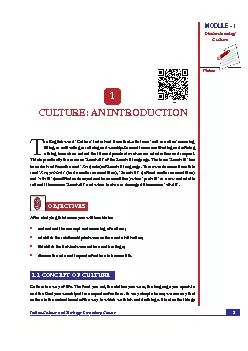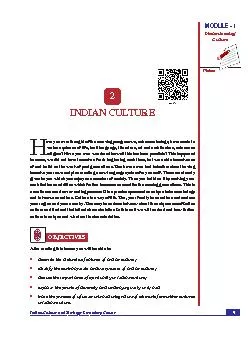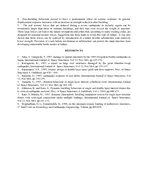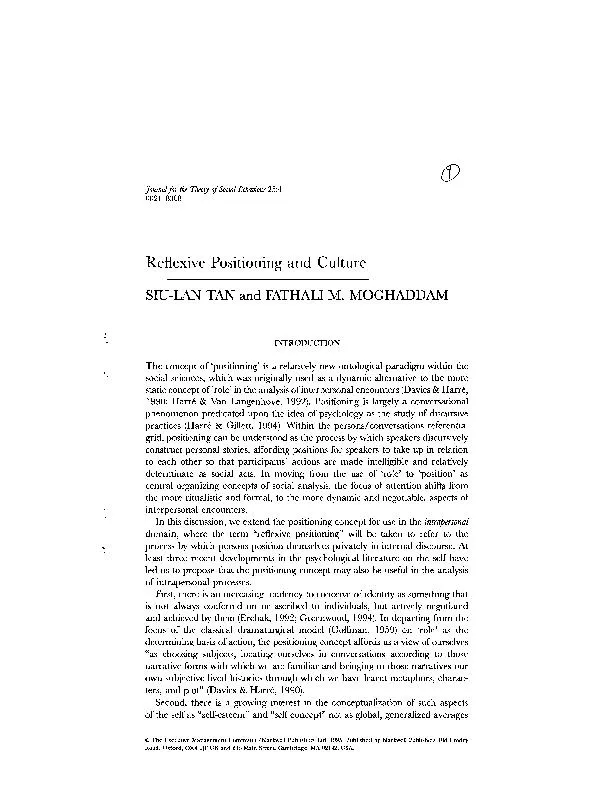PPT-Culture Why culture? Moghaddam
Author : natalia-silvester | Published Date : 2018-03-15
1993 Humans have an interactive relationship with culture we shape culture and we are also shaped by it Jahoda 1978 believes that Cultural Evolution rather than
Presentation Embed Code
Download Presentation
Download Presentation The PPT/PDF document "Culture Why culture? Moghaddam" is the property of its rightful owner. Permission is granted to download and print the materials on this website for personal, non-commercial use only, and to display it on your personal computer provided you do not modify the materials and that you retain all copyright notices contained in the materials. By downloading content from our website, you accept the terms of this agreement.
Culture Why culture? Moghaddam: Transcript
Download Rules Of Document
"Culture Why culture? Moghaddam"The content belongs to its owner. You may download and print it for personal use, without modification, and keep all copyright notices. By downloading, you agree to these terms.
Related Documents














![[BOOK]-Status: Why Is It Everywhere? Why Does It Matter?: Why Is It Everywhere? Why Does](https://thumbs.docslides.com/956296/book-status-why-is-it-everywhere-why-does-it-matter-why-is-it-everywhere-why-does-it-matter.jpg)